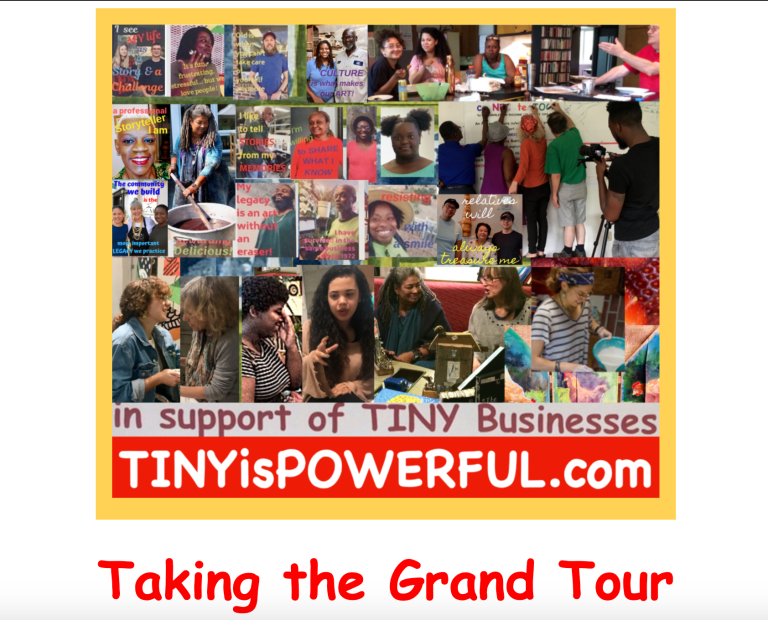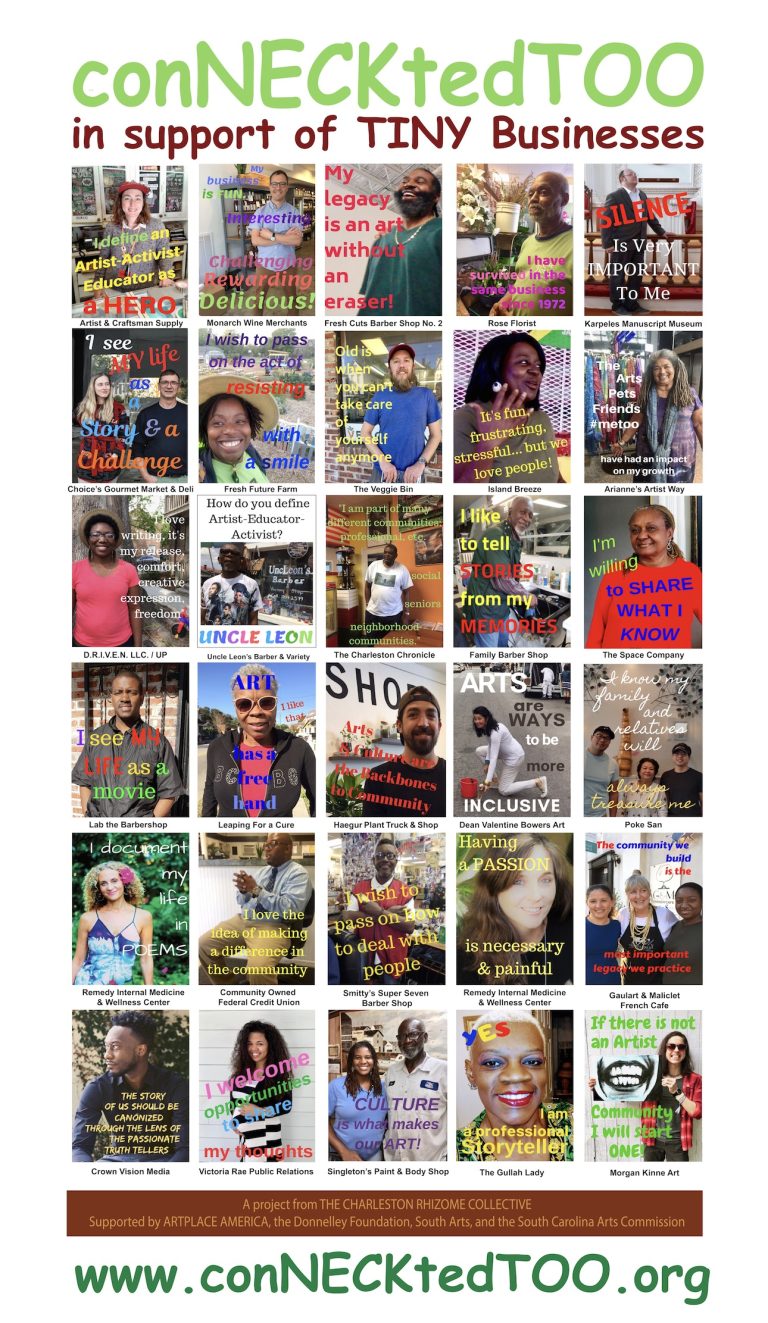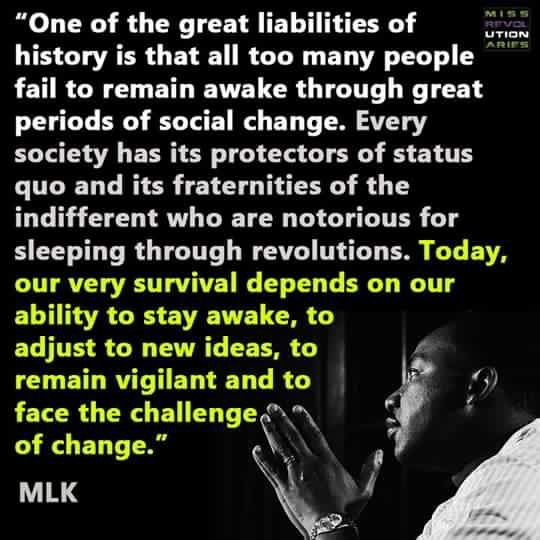From your experience, what role does listening play in building trust and rapport with students? And How does understanding the “neuroscience of trust” (pp. 44-46) help you in building that first stage of a learning partnership?
- Students want to feel heard and seen
- We think of ourselves as the ones “in control” – giving students a voice builds authentic trust
- It can be easy to misinterpret a child’s reaction or behavior – what you might think of as disinterest could be a form of fear, disconnect, or lack of confidence
- We don’t always know what’s going on a child’s head, we don’t always know what they’re dealing with
- Ask children questions to form a bond, but don’t force relationship
- We can invade kids’ space without realizing it
- We can go back and apologize when we realize we make mistakes
- Anonymous anger jar – gives students permission to feel, but they do not need to discuss their feelings with you if they do not feel comfortable
- No learning can take place until meaningful, authentic relationships are built and maintained. “Respect” looks different for everyone. We need to be mindful of what respect looks like for adults, students, and within certain environments, such as the classroom.
- Very important to meet individually with each student every week. As none of us are classroom teachers, how will we meet this expectation, especially virtually. Capturing Kids Hearts and Circle Training was mentioned.
- Special area teachers do build relationships well with all students and feel their “warmth.” Dependent Learners vs. Independent Learners – more info on page 14. Often what looks like “lack of motivation” is instead students losing hope and being reinforced to be a dependent learner. Instead of victim blaming, we should check our level of expectations.
How might being a warm demander (of cognitive development) help you be a better ally to dependent learners?
- Giving too much praise for simple tasks that are subconsciously reinforcing low expectations – empty praise is empty praise
- Giving specific feedback to students
- Montessori focuses on supporting intrinsic motivation in students
How do you balance giving actionable, corrective feedback and affirming the student’s capacity without “soft peddling” the feedback?
- Giving specific feedback for children in their writing – how we find a balance of feedback without overwhelming students
How do you balance giving actionable, corrective feedback and affirming the student’s capacity without “soft peddling” the feedback?
Difficult to read: Research that indicates that “good” teachers fail to give accurate and/or good feedback to not appear “racist.” Students are not receiving the steps to make improvement.
Terminology may not be grammatically correct, but how to differentiate between family/cultural dialogue and proper grammar. Sometimes these instances make us uncomfortable, or feel like we’re starting conflict. It’s important to have these conversations and work through our uncomfortable feelings. “Why you have to talk so white?”
Microinvalidations
Microinsults
Microaggressions
Can you still show bias if all of your children are black or brown? Are we still holding our students to the same high standards?
Often there is a “blame the victim” approach to student mindset that suggest students don’t have a growth mindset or they are simply missing “grit”. How do the dominant narratives about Black and Brown children generally (and black and brown dependent learners in particular) manifest itself at your site?
How can you leverage your knowledge of neuroscience to help students shift their mindset?




